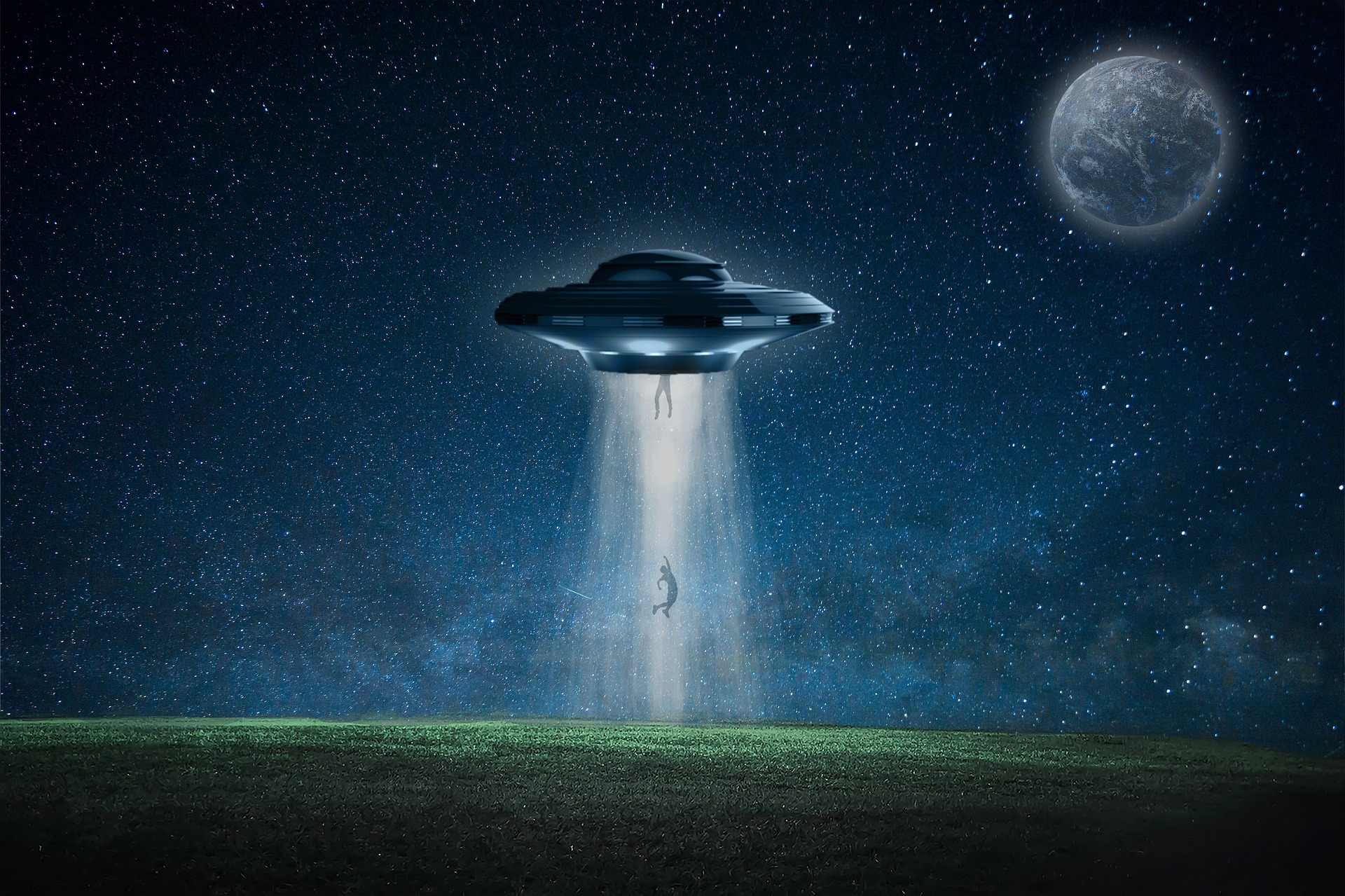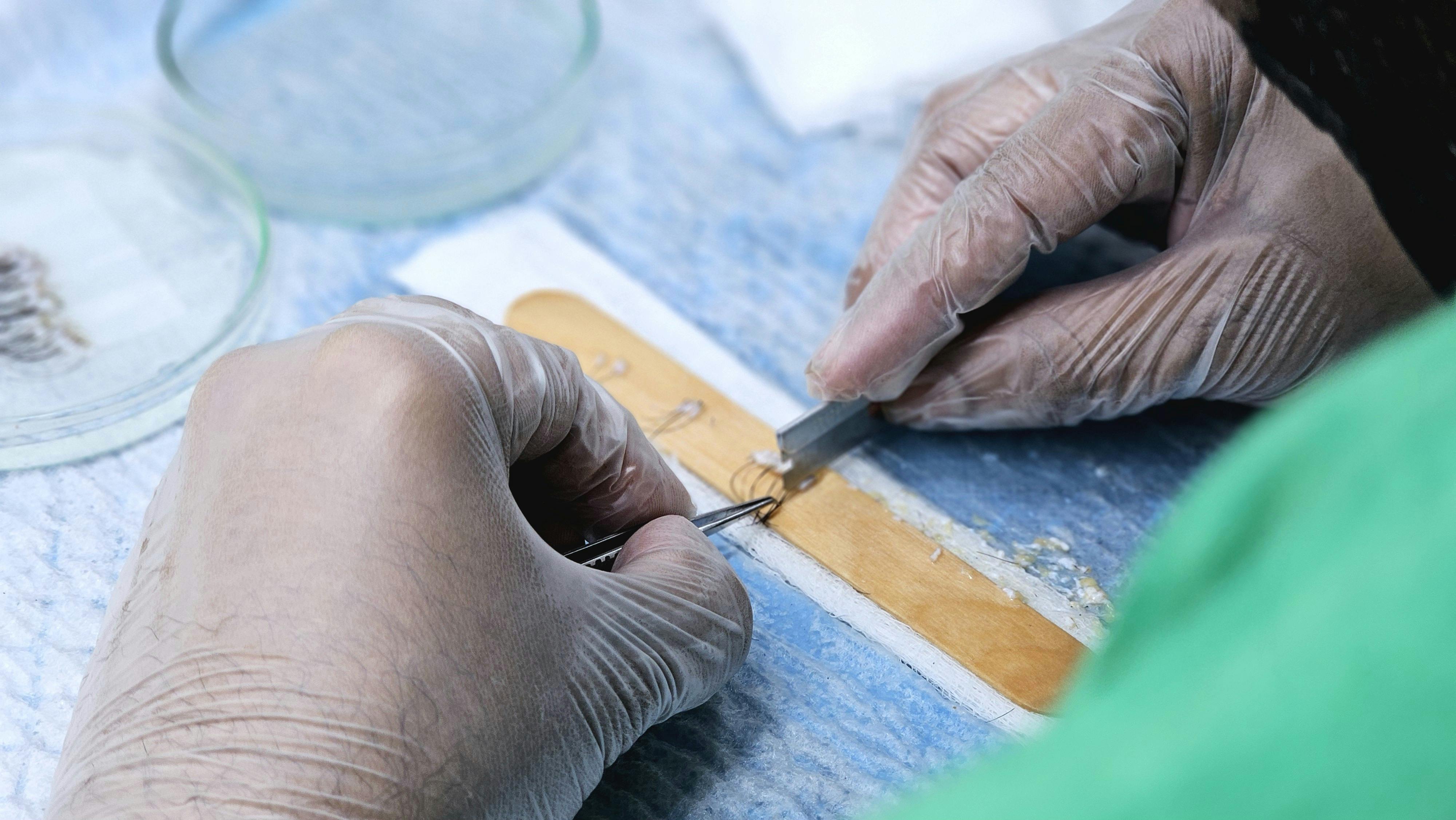A Dive into the World of Digital Art: The New Frontier of Creativity
Introduction: As we delve into the 21st century, the art world is witnessing a paradigm shift. The rise of digital art, a unique fusion of technology and creativity, is challenging traditional artistic norms and expanding the boundaries of expression. This article will take you on a journey into this dynamic realm, exploring its origins, current trends, and future potential.

A Journey into the Past: The Origins of Digital Art
Digital art, a term often associated with the 21st century, surprisingly dates back to the mid-20th century. Artists began experimenting with mechanical devices and analogue computers in the 1960s, creating the first digital artworks. By the 1980s, with the advent of personal computers and graphic software, digital art started to gain traction. Its origins are intertwined with technological innovation, and its evolution is a testament to the transformative power of technology in artistic expression.
The Digital Art Landscape: Current Trends and Developments
Today, digital art is thriving and evolving at a remarkable pace. From digital painting and 3D modelling to virtual reality art and interactive installations, artists are leveraging technology in diverse and innovative ways. A milestone development is the rise of NFTs (Non-Fungible Tokens), which have revolutionized the art market by providing a digital certificate of ownership for digital art pieces. This blockchain technology has empowered digital artists, enabling them to sell their work directly to collectors and earn fair compensation.
The Impact of Digital Art: Challenging Traditional Artistic Norms
Digital art has not only transformed the way art is created, but also how it is perceived and appreciated. It has democratized art, making it more accessible to a global audience. Unlike traditional art forms, which are often confined to galleries or museums, digital art can be shared and experienced online. This has opened up new possibilities for artistic expression and interaction, challenging the elitist norms of the art world.
The Future of Digital Art: Potential and Prospects
The future of digital art appears incredibly exciting. With the rapid advancement in technology, artists will have an ever-expanding toolbox to create new and immersive experiences. Virtual and augmented reality technologies offer vast possibilities, allowing artists to create multi-sensory, interactive pieces that transport viewers into other worlds. The future of digital art is bound to redefine our understanding of art, pushing the boundaries of creativity to new frontiers.
The Reception of Digital Art: Redefining Artistic Value
While some traditionalists may argue that digital art lacks the authenticity and skill of traditional art, its growing recognition suggests otherwise. Prestigious institutions like the Museum of Modern Art in New York and Tate Modern in London have embraced digital art, featuring it in their exhibitions. The astronomical sums fetched by digital artworks in recent auctions further underscore its growing acceptance and value.
In conclusion, digital art is a vibrant, dynamic realm that is reshaping the art world. Its fusion of technology and creativity has opened up new vistas of expression, transforming our understanding of what art can be. As we venture further into the digital age, it will continue to challenge, inspire, and captivate us.






